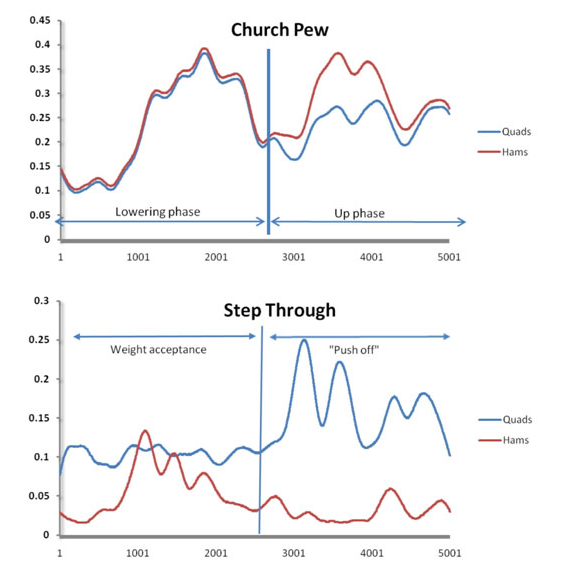By John O’Halloran, DPT, PT, OCS, Cert MDT, ATC, CSCS
INTRODUCTION
500,000 total knee replacements are performed in the USA annually.1 Knee replacements are expected to rise to 3 million by 2030.2 When surveyed total knee replacement patients rate their satisfaction as very high when the studied question is inquiring about pain differences pre and post surgery. In contrast to the self reported outcomes, functional performance measures, such as the timed stair-climbing or walking test, depict only modest improvements following TKA. 3Total knee arthroplasty reduces pain and improves health-related quality of life in 90% of patients. Continue reading “The Initial Investigation of the Church Pew Exercise (CPE) To Facilitate Quadriceps Function Following Total Knee Arthroplasty” →





